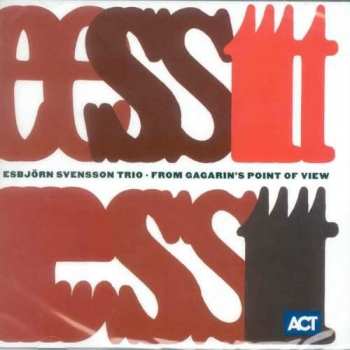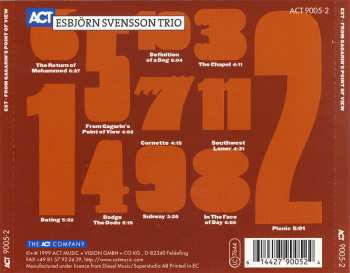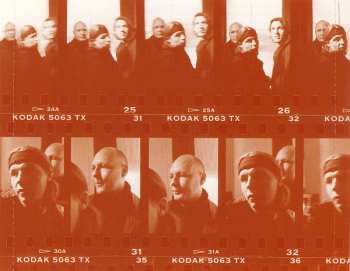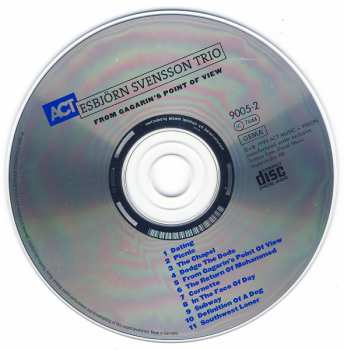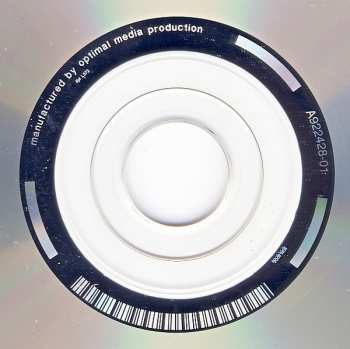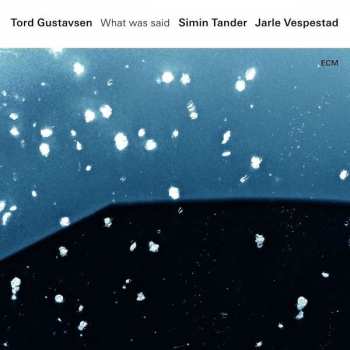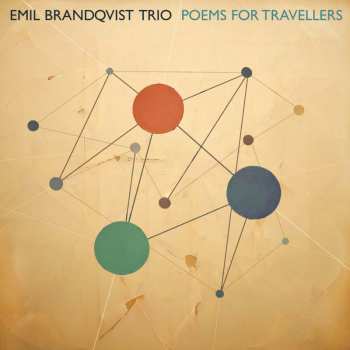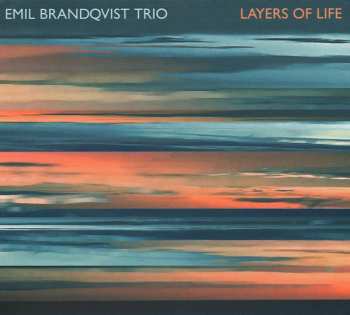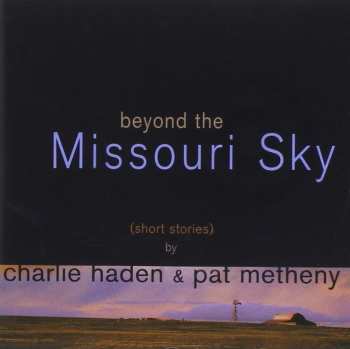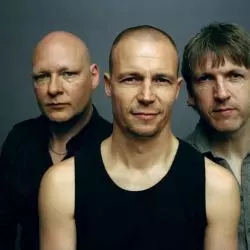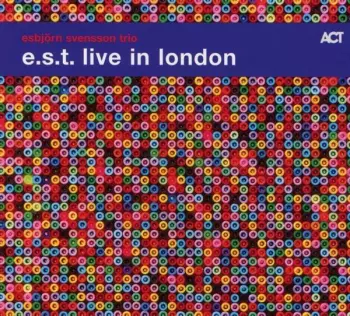Esbjörn Svensson reaches into the piano, plucks the strings and searches for the sound of the guitar. He carefully experiments with percussive accents and delves into the breadth of orchestrally inspired shaping. He is careful to strike an appropriate balance of musical means and incorporates electronic moments of sound optimization into his ide...
Status
Neu
Verfügbarkeit
Erwartet am
Preis
22,99 €
Verfügbarkeit
Erwartet am
Esbjörn Svensson reaches into the piano, plucks the strings and searches for the sound of the guitar. He carefully experiments with percussive accents and delves into the breadth of orchestrally inspired shaping. He is careful to strike an appropriate balance of musical means and incorporates electronic moments of sound optimization into his idea of music making. He complements them with harmonic innovations, melodically surprising variations and catchy motifs. His music is a work of art that makes no claim to stylistic certainty, and is all the more capable of working on its own. Esbjörn Svensson's artistic roots include openness, curiosity and a little bit of chance: "I play the piano because we had no other instrument at home. Actually, I prefer drums. When I was a teenager, for example, I made a set out of old paint buckets and tried to sound like 'Sweet' with 'Ballroom Blitz'. But then Magnus Öström came along with the drums and I stuck with the piano. Because we grew up together and made music together from the beginning. When Magnus got his first drum kit as a present, he set it up with me and we started playing. We had no idea how to do it, but it was fun. For a long time our music was able to develop in a very individual way because we had no teachers and no one to tell us how to do things." Esbjörn Svensson was born in 1964 in Västerås, Sweden. His mother played classical piano, his father loved Ellington and he listened to popular music hits on the radio. His first school bands were followed by his first successes in high school and three years of piano lessons. Four years of study at Stockholm University then helped Svensson to overcome his self-taught experience and gain the necessary technical foundation for youthful musical abandon to grow into creative confidence. Local influences such as Jan Johansson were joined by role models from Chick Corea to Keith Jarrett, whose stylistic characteristics he incorporated into his personal vision of the jazz soundscape. From the mid-1980s onwards, Svensson first established himself as an inspirational sideman on the Swedish and Danish jazz scene. In 1990 he formed his own trio, but it wasn't until 1993 that he got the necessary impetus to present it to the public on CD. During a job he met double bassist Dan Berglund, was fascinated by his diverse creative power and managed to win him over to his band. In the same year the Esbjörn Svensson Trio debuted with "When Everyone Has Gone" (Dragon), followed by the live recording "Mr & Mrs Handkerchief" (Prophone) in 1995, "EST Plays Monk" (BMG) in 1997 and "Winter In Venice" (BMG) in 1998. The gifted piano newcomer began to collect awards. He was voted Jazz Musician of the Year in Sweden in 1995 and 1996 and Songwriter of the Year in 1998. Together with musicians such as Alex Riel, Mads Vinding, Viktoria Tolstoy ("White Russian", Blue Note 1997) and especially Nils Landgren, he became known beyond Scandinavia and was instrumental in making the Nils Landgren Funk Unit concert one of the highlights of the 1998 Montreux Jazz Festival. With the album "From Gagarin`s Point Of View", recorded between May and November 1998, the Esbjörn Svensson Trio took a step further. Compositional complexity and reflective stylistic diversity combine with a rhythmic flair for the necessary portion of groove and melodic catchiness. The eleven tracks combine ambition and wit, personality and fun, concept and vision with a clever casualness to the contemporary panopticon of improvisational possibilities. The strange name Magnus came up with was also fitting. Gagarin was the first man ever to see the Earth from space. From above, he had an overview of everything that was happening below. We liked this idea as a title and the idea of the whole album."
Album Genres übergreifend Jazz, Jazz-Rock und Contemporary Jazz.
Unser Testbericht:
DE Versand ab 5,56 €
Hier finden Sie Alles!
über
202 000
LP und
345 000
CD
im Angebot
Treuerabatt bis zu 5%
Für registrierte Kunden
Behalten Sie Übersicht!
Erweiterte Verfolgung
Verfügbarkeit der Bestellungen
